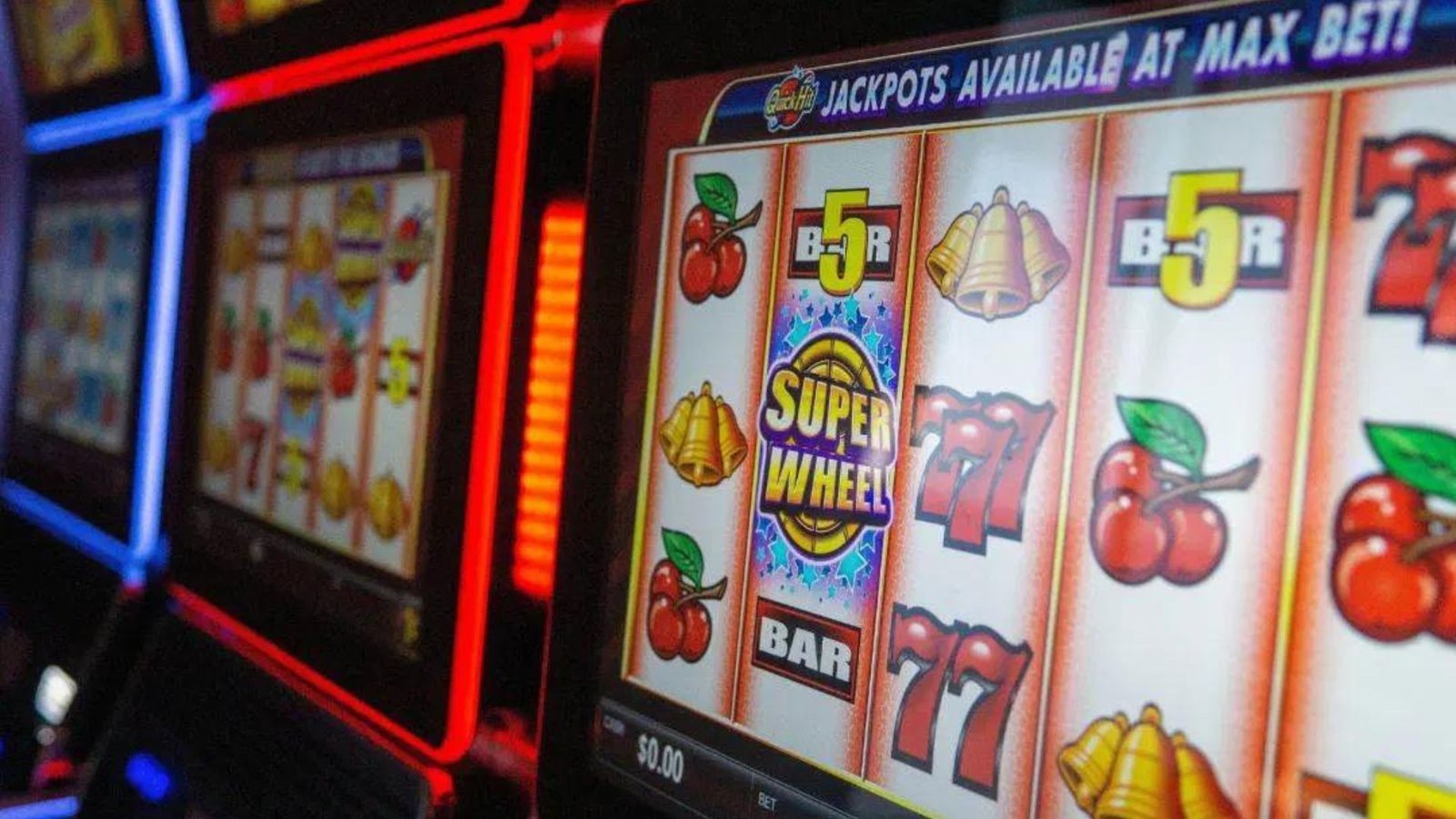Slot machine variance, also known as volatility, refers to the level of risk associated with a particular game and the frequency and size of payouts. Understanding the differences between high and low volatility games is essential for choosing slots that align with your preferences and playing style. Let’s explore the characteristics of each:
High Volatility Slots
- Infrequent but High Payouts: High volatility slots tend to have fewer winning spins but offer larger payouts when wins occur. This means that players may experience longer dry spells without winning combinations, followed by significant payouts on rare occasions.
- Big Win Potential: These games are known for their potential to deliver massive jackpot wins or substantial payouts during bonus features. Players who enjoy the thrill of chasing big wins and are willing to tolerate periods of losses may prefer high volatility slots.
- Riskier Gameplay: High volatility slots carry a higher level of risk, as players may experience extended losing streaks before hitting a substantial win. It’s essential to have a sufficient bankroll and practice responsible gambling when playing these games.
- Examples: Popular high volatility slots include “Book of Dead” by Play’n GO, “Dead or Alive II” by NetEnt, and “Bonanza” by Big Time Gaming.
Low Volatility Slots
- Frequent but Small Payouts: Low volatility slots offer more frequent winning spins, albeit with smaller payouts compared to high volatility games. Players can expect to see regular wins during gameplay, even if they are relatively modest in size.
- Steady Gameplay: These games provide a more stable and predictable playing experience, with fewer extreme swings in bankroll. Players who prefer a more relaxed gaming experience and steady stream of smaller wins may gravitate towards low volatility slots.
- Lower Risk: Low volatility slots are generally less risky than their high volatility counterparts, making them suitable for players with smaller bankrolls or those who prefer a more conservative approach to gambling.
- Examples: Some popular low volatility slots include “Starburst” by NetEnt, “Gonzo’s Quest” by NetEnt, and “Blood Suckers” by NetEnt.
Conclusion
When choosing between high and low volatility slots, it’s essential to consider your risk tolerance, playing style, and bankroll management strategy. High volatility slots offer the potential for significant payouts but come with greater risk and variance, while low volatility slots provide more consistent but smaller wins. By understanding the differences between these types of games, you can select slots that best suit your preferences and enjoy a rewarding and enjoyable gaming experience. Remember to always play responsibly and within your means, regardless of the volatility level of the slots you choose.











